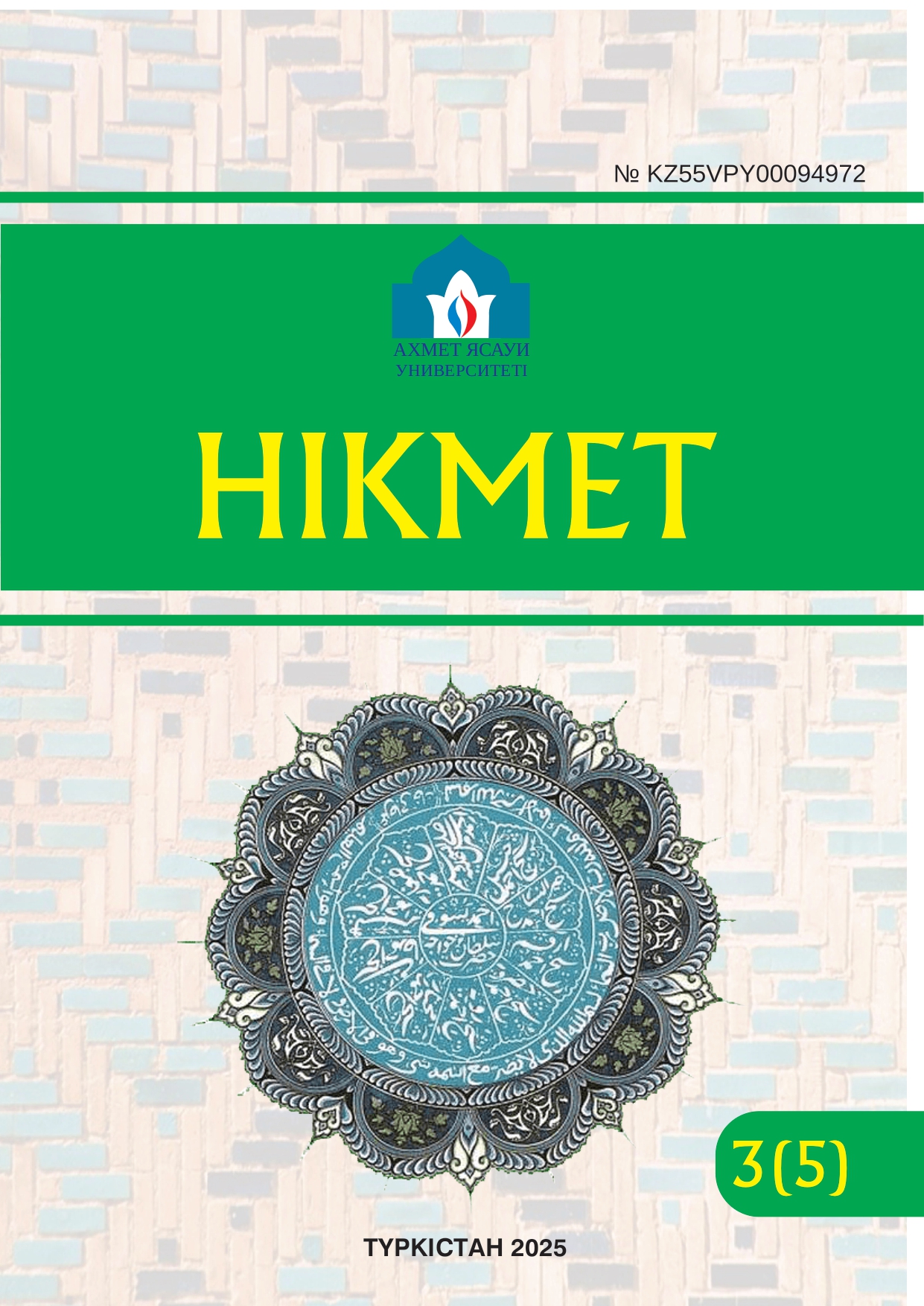Abu Hafs al-Nasafi and His Work Kitab al-Kand: Contribution to the Formation of Hadith Studies in Samarkand
47 45
Keywords:
Abu Hafs Nasafi, Kitab al-qand, science of hadith, jarkh and tadil, Samarkand, manuscriptAbstract
The article examines the history of the manuscripts and research approaches to the unique work “Kitab al-Kand” by Abu Hafs Nasafi, which is one of the most important sources on the science of hadith in Transoxiana during the 8th–12th centuries. The study analyzes various manuscript versions, identifies major scholarly errors and recent discoveries related to the authorship, structure, and content of the treatise. Special attention is given to academic debates surrounding the manuscripts, comparisons between the Istanbul and Paris versions, and the issue of their critical edition. The author demonstrates the significance of this work for reconstructing the spiritual atmosphere of Samarkand and the broader region, as well as the role of “Kitab al-Kand” in shaping biographical tradition and the transmission of hadith. The article draws on a wide range of sources, including contemporary studies, and offers original conclusions regarding the optimal scholarly publication of the text. At the same time, the article emphasizes the need for further study of the little-known manuscript versions of Kitab al-Kand preserved in regional and international collections. The results obtained may contribute to a deeper understanding of the evolution of the hadith tradition in Transoxiana and its connections with the intellectual centers of the Islamic world. In conclusion, the importance of a comprehensive approach to studying the manuscript as a monument of Islamic culture and a source for the social, intellectual, and religious history of Central Asia is emphasized.

